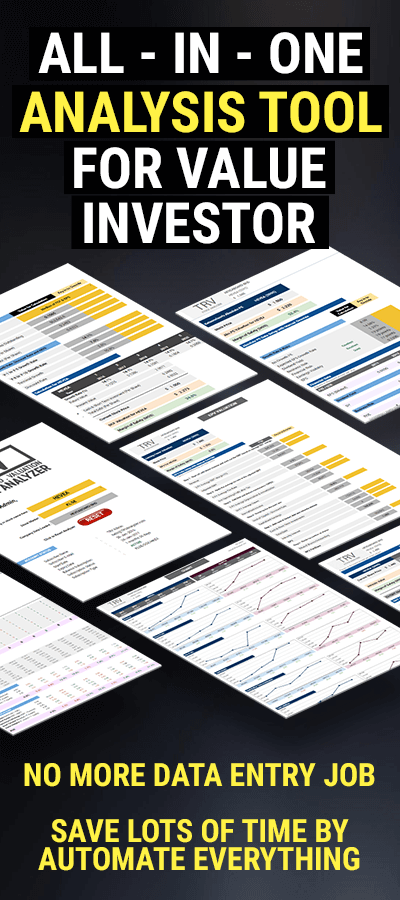SINGAPORE (Nov 27): People think the stock market is risky because the prices go up and down every minute. If you avoid investing in the stock market because you think it is risky, you are missing out on the big gains from this asset class.
If you had invested in Singapore stocks from 1969 until today, your returns including dividends would have been 8.79% per annum. That is quite exceptional and properties (unleveraged) do not beat that. You can even do better than 10% per annum if you are a value investor.
If you want to benefit from investing in stocks, you have to change the way you think about risk. Stock prices zig-zagging is not risk.
If the stock market crashes tomorrow and decimates your portfolio, do this: Take a day off. Go to Raffles Place MRT. Look at what is happening around you. Human beings born with finite hours busying along, exchanging their finite hours for wages. In return, humans imagine, create, build, market, repair and serve. The end result of all this activity is that companies get a little richer and the wage earners have a little more in their bank.
This is the Greatest Show on Earth. This is reality. Reality is not the minute- by-minute gyrations of stock prices.
Compare your net worth with when you fi rst started work. You are richer today after converting your fi nite hours into what you have on your balance sheet. The same goes for companies. A few may go bust, but on an aggregate basis, all the companies are a bit better off than before.
To illustrate, let’s arbitrarily choose three companies in the Singapore stock market in 1990.
Let us start with Singapore Airlines. Book value is the net worth of a company (total assets minus all liabilities). SIA’s book value per share has grown from $4.62 to $10.96 over a period of 26 years. That is a compounded rate of 3.4% per year (not counting dividends yet). So, this means that SIA, doing what it had to do — ferrying passengers, fighting budget airlines, managing volatile oil prices — grew its net worth at 3.4% a year for 26 years. As its net assets grew because of reinvested profits, it bought more planes, hired more pilots and grew its revenue threefold and increased its dividends nearly fourfold from the 1990s.
DBS Group Holdings did better, growing its net assets from $3.50 per share to $17.59. That is a compounded growth of 6.4% a year for 26 years. If dividends are added, the total returns are close to 10%. With its larger net asset base, its dividends grew tenfold and its earnings fivefold.
The same is true of Haw Par Corp — its net assets grew sixfold from 1990.
The last table shows returns from a portfolio comprising all three stocks. The aim is to encourage the investor to take the perspective of a portfolio of stocks rather than being enamored with just one.
In this scenario, over 26 years, revenues grew fourfold, dividends fivefold and earnings twofold. Book value grew from $10.01 to $39.84, or a compounded return of 5.5% per year. Again, dividends are not included.
A portfolio is safe. There may be casualties in individual stocks from time to time but, overall, a portfolio does its job of growing investors’ net worth.
If you repeat the exercise for a hundred companies, it will reduce your fear of investing in equities. It is inevitable that humanity busies along and book values grow correspondingly. In the long term, almost everyone is better off. Short-term stock movements don’t make the stock market. Invest in the Greatest Show on Earth. — The tables in this article are truncated.
By:
Aggregate Asset Management
http://www.aggregate.com.sg
https://www.theedgesingapore.com/native-adhomepage-carousel-2nd/different-way-think-about-risk





Leave A Comment